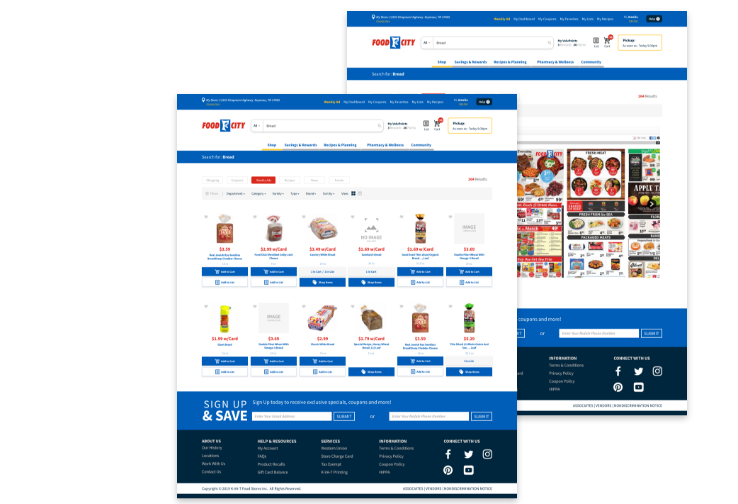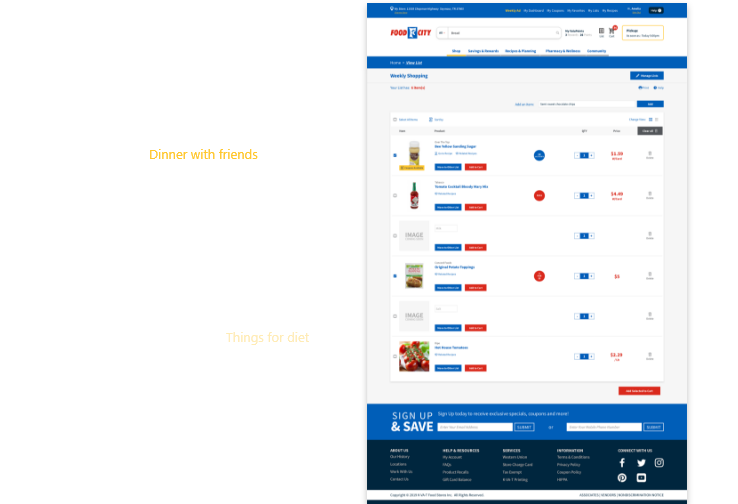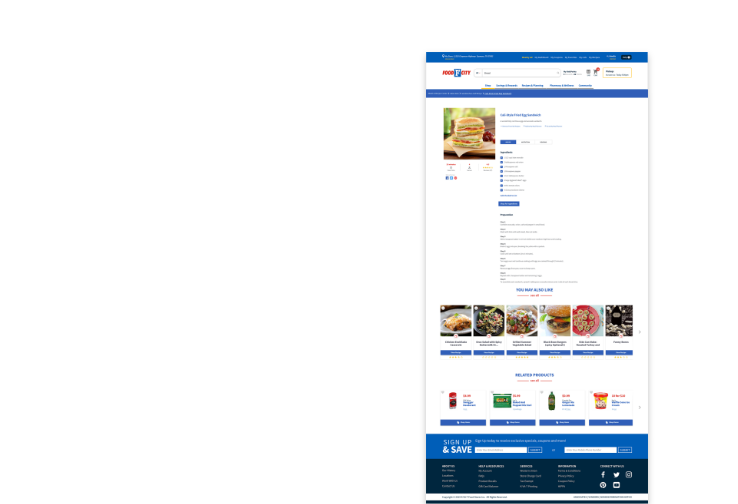
Wellness Club — Seasonal Depression Awareness Month
Abingdon, VA. -
Thursday, Dec 1, 2022.
Written by: Rebecca Webb, PharmD, Pharmacy Clinical Services Manager
December is Seasonal Depression Awareness Month. Seasonal depression is also commonly known as seasonal affective disorder, or SAD. Of the millions of Americans that may be suffering from seasonal depression, many are unaware of their condition. Thus, importance must be placed on increasing awareness by educating on the symptoms, potential causes, and treatments for seasonal affective disorder.
What is seasonal depression, or seasonal affective disorder? As the names indicates, it is a medical condition that is triggered by seasonal changes. Winter-pattern SAD (e.g., winter depression) generally starts in the late fall or early winter and resolves during spring or summer. This type of depression goes beyond experiencing the occasional gloominess during wintertime. With SAD, there are significant changes in an individual’s mood and behaviors, ultimately affecting day-to-day activities. Summer-pattern SAD (e.g., summer depression) can also occur; however, it is much less common than winter-pattern SAD.
Since seasonal affective disorder is a type of depression, symptoms may include those generally associated with major depression. Individuals may also experience symptoms specific to winter-pattern SAD. Symptoms of depression can include feeling sad throughout the day on most days, no longer having interest in activities that were previously enjoyable, perceptions of worthlessness or hopelessness, agitation or irritability, anxiety, low energy levels, issues concentrating, and having ideas focused on death or dying. Additional symptoms specific for winter-pattern SAD can include social withdrawal, changes in appetite (i.e., craving carbohydrates, overeating), weight gain, and alterations in sleep (i.e., oversleeping, excessive sleeping). An individual with seasonal depression may not experience all symptoms mentioned above.
The exact cause of seasonal affective disorder is not fully understood. However, there are several factors thought to contribute to the condition. One idea is that individuals with seasonal depression may have lower activity of serotonin, a chemical that affects mood. Since sunlight helps regulate serotonin, the reduction of daylight that occurs along with seasonal changes may ultimately cause changes in a person’s mood and result in depression. Furthermore, light from the sun also helps with the body’s production of vitamin D. This nutrient is thought to help enhance serotonin levels. Therefore, a deficiency in vitamin D may further exacerbate lower serotonin activity. Diminished daylight is also thought to affect melatonin, another chemical involved with sleep and mood. In individuals with season affective disorder, there may be an overproduction of melatonin resulting in excessive sleepiness. Another theory on the cause of seasonal depression is that the change in daytime may shift an individual’s internal biological clock. This disruption in circadian rhythm is thought to contribute to feelings of depression and fluctuations in mood.
Fortunately, treatment options are available for those individuals suffering from seasonal depression. Treatments can include light therapy, talk therapy, and medications. Light therapy, or phototherapy, is considered first line for managing winter-pattern seasonal affective disorder. The goal of light therapy is to compensate for the lack of sunlight that occurs during the fall and winter months. It involves indirect exposure to a specialized bright light box for up to an hour each day, typically in the mornings. Light therapy is not safe for everyone, especially for individuals with certain medical conditions (i.e., eye diseases) or those taking medications that can cause photosensitivity. Another treatment option for seasonal depression is talk therapy, specifically cognitive behavioral therapy. This type of treatment is generally accomplished through group sessions and aims to help shift negative thoughts to more positive ones, develop coping strategies, adopt behavioral changes, and manage stress. Talk therapy appears to produce the longest-lasting results in some people with seasonal affective disorder. Another treatment option for some individuals experiencing seasonal depression is the use of prescription medications that help to balance serotonin activity. Often a person will need to try several different medications before finding the one that works best. Seasonal depression treatment plans can also include lifestyle modifications such as regular exercise, eating a well-balanced diet, having a consistent sleep routine, spending time outdoors, increasing natural sunlight in your home, and socializing with friends and family.
If you have concerns about seasonal affective disorder, make a plan to talk with your healthcare provider. Also, our Food City Pharmacists are available to answer your questions related to treatment options for seasonal depression. Our pharmacists are the medication experts and have a plethora of knowledge to share with you.
References:
1. Seasonal Affective Disorder. National Institute of Mental Health website. https://www.nimh.nih.gov/health/publications/seasonal-affective-disorder. Accessed November 7, 2022.
2. Seasonal affective disorder (SAD). Mayo Clinic website. https://www.mayoclinic.org/diseases-conditions/seasonal-affective-disorder/symptoms-causes/syc-20364651. Accessed November 7, 2022.
3. Seasonal Depression (Seasonal Affective Disorder). Cleveland Clinic website. https://my.clevelandclinic.org/health/diseases/9293-seasonal-depression. Accessed November 7, 2022.
